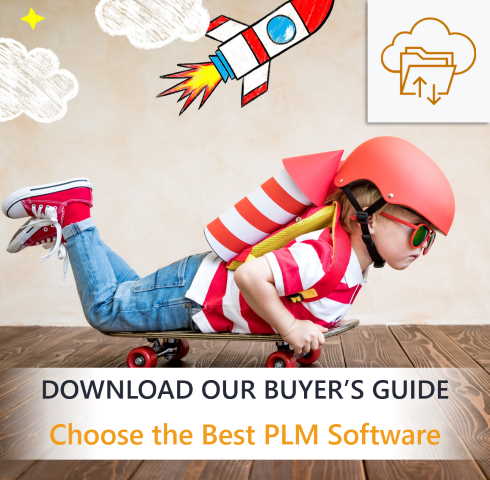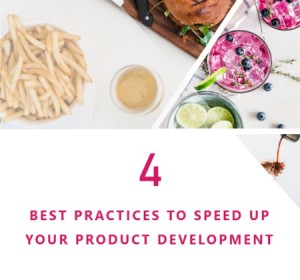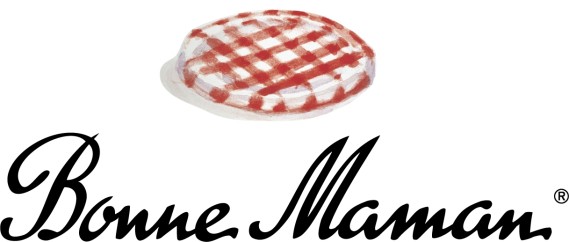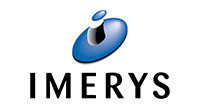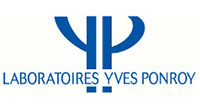
The innovation cycle: a constantly changing concept
The way innovation operates has changed rapidly over the last twenty years, pushed by technological advances. The very concept of innovation has also fundamentally changed. Modern innovation is no longer just a matter of assigning some internal resources to manufacturing products offering some kind of differentiation. A large number of external factors are now added into the mix. With the boom in new ways of communicating between work partners and the appearance of new drivers for innovation, the process involves more people and more interactions than ever before.
These developments also reflect a change in consumer expectations. Purchasing behavior has also undergone a real transformation, especially in the agri-food and FMCG industries Innovation is not solely a matter of the visible or functional part of a product. It also relates to manufacturing methods, and how a product meets new flexibility, intuitiveness or mobility requirements.
Such trends make genuine innovation more difficult to achieve. In addition to the need to refresh product ranges more often — and therefore to innovate more often — manufacturers also have to cope with copies and derivatives of their innovations. Sustained differentiation is a considerable challenge.
This is why businesses’ view of the innovation cycle has also had to change over the years, to take into account not only the more numerous constraints but how products evolve beyond the design and development phases. Innovation consequently becomes a long-term process. It can be seen to follow identifiable trends.
The most recent modeling provides better understanding of the periodic aspect of innovation and its challenges:
Schumpeter’s innovation cycle |
Groundbreaking innovations give rise to whole series of clustered innovations based on the original. These breakthroughs come in waves that shorten as the decades pass, and demand ever greater responsiveness. |
Rogers innovation diffusion curve |
Innovation success is contingent on adoption. Depending on the acceptance of a new product over time, either it will thrive, or further innovation will be necessary. |
Kübler-Ross change curve |
Innovation alone is not always a purchasing criterion. Change has to be supported sufficiently early and then over the long term to ensure proper acceptance. |
Gartner hype curve |
Innovation (particularly technological innovation) generates expectations, then some disillusionment. These phases are followed by enlightenment about the product, and then productivity. |
Each of these models clearly indicates that innovation in itself is not sufficient. It must be approached in the round. The design, development and production phases should all be considered with an eye on the stages that follow, as these determine the success of the entire process and determine the ROI. A change in approach to innovation is therefore crucial for businesses driven by a strong need to generate profit margins.
The impact of innovation on the product lifecycle
The product lifecycle depends heavily on developments in innovation. Any product’s lifespan is very closely connected to innovation. With one third of the product portfolio of food manufacturers replaced every year, new innovation phases sometimes occur while products are still on the market. Product design and documentation must without fail take these developments into account.
Product information has to be complete: all data concerning a product at each stage in its life are of benefit in introducing a continuous improvement process. For consumers, innovation also equates to a brand’s ability to listen and to optimize products that are already on the market. This is why sources such as customer feedback and complaints, and social media posts, also contribute to innovation.
On the other hand, any product entails cost issues: the cost of innovation is an integral part of product investment, and must be fully understood and controlled to make a product a commercial success.
Cost reduction has therefore to be considered at every stage. R&D and production are included in this, as are analysis of product performance and functional improvements. In addition to good investment management, product value must be properly defined. Using these two essential levers, ROI can be optimized more realistically.
Successful innovation management
It can be seen that innovation management has consequences on each stage in the product lifespan. It is therefore a major challenge involving more than one issue:
- Firstly, shorter innovation cycles demand shorter time-to-market to stay competitive;
- It is also necessary to select the innovations with the greatest potential in terms of adoption by the public. This approach serves to improve where efforts are concentrated.
- Support for innovation is essential. This could entail making use of early adopters (who then become brand ambassadors) and taking suitable steps to explain and test innovation.
- Lastly, innovation also means anticipating the new usages that result from the innovation. Once a product is in the value-creation phase, the uses to which it is put can change under the influence of external factors, and a watchful eye should be kept on these.
To deal with each of these challenges, manufacturers need to stack the deck in their favor, by:
- Accumulating reusable business and industry knowledge and expertise;
- Consolidating data (including financial) to analyze innovation globally;
- Obtaining feedback and consulting users.
Developing an effective innovation process requires the ability to switch effortlessly from a bird’s eye view to a worm’s eye view. Combining the micro and macro dimensions of product data means food and FMCG manufacturers can manage each stage more judiciously.
These two dimensions can be obtained by merging the innovation management process with data provided by the PLM system. This approach provides some perspective to add to the comprehensive product and business data, and objectives are more easily met. Innovation is consequently actively managed from the first ideas, with a clear strategy and the best chances of success… and a much more in-depth analysis of feedback.


